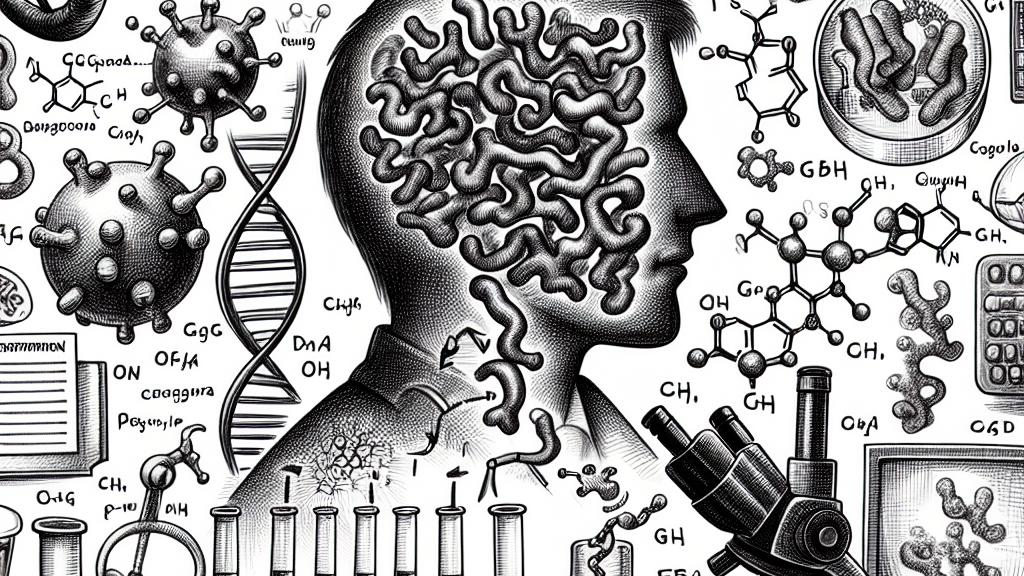Learn How Scientists Use Technology to Create New Enzymes
Overview
- Enzymes are critical biological catalysts that speed up essential chemical reactions.
- Advanced technologies like AI and machine learning are transforming enzyme design.
- These innovations offer exciting solutions to global challenges, from pollution to health.

The Role of Enzymes in Life
Enzymes are extraordinary proteins that serve as nature's catalysts, facilitating crucial chemical reactions necessary for life. For instance, take acetylcholinesterase, an enzyme responsible for breaking down acetylcholine in the body. Without it, our muscle contractions would spiral out of control, leading to paralysis, including in the heart—a life-threatening situation! This illustrates just how vital enzymes are to our survival. Now, imagine if we could create new enzymes that operate with the same efficiency. We might solve monumental challenges such as plastic degradation or developing treatments for diseases!
The Challenge of Designing Enzymes
Yet, the path to designing new enzymes is anything but straightforward. Think of it like trying to assemble an intricate Lego model without a clear picture or instructions—it’s quite a daunting task! Enzymes have complex three-dimensional shapes that must fit precisely for them to function, similar to how a key fits into a lock. Traditionally, scientists have modified existing enzymes, hoping to enhance their performance. However, this method often yields minimal success and can be likened to trying to tailor a suit bought at a thrift store—it may never fit quite right! Clearly, a more innovative approach is needed.
The Breakthrough: AI and Machine Learning
Enter the revolutionary power of artificial intelligence (AI) and machine learning! These cutting-edge technologies are significantly changing how scientists approach enzyme design. Recent studies show that machine learning algorithms can help model and predict enzyme structures, turning theoretical designs into practical solutions. For example, researchers recently engineered AI-designed enzymes that are an astonishing 60,000 times more effective at catalyzing reactions than previous attempts! This leap forward is not just a scientific milestone; it represents a beacon of hope for addressing the pressing issues of our time, including pollution and energy sustainability.
Real-World Impact and Applications
So, what does this mean for us in the real world? The implications of AI-designed enzymes are simply astounding! These newly crafted enzymes could lead to breakthroughs in various applications, such as effectively breaking down hazardous materials into harmless substances or enhancing medical treatments in ways we have not yet comprehended. Institutions like the Institute for Protein Design are at the forefront of this exciting field. They’ve successfully created enzymes capable of catalyzing reactions that nature doesn't offer, opening doors to possibilities that could revolutionize our approach to environmental protection and healthcare. In essence, this marriage of technology and biology has the potential to create a brighter, healthier future for our planet!

Loading...